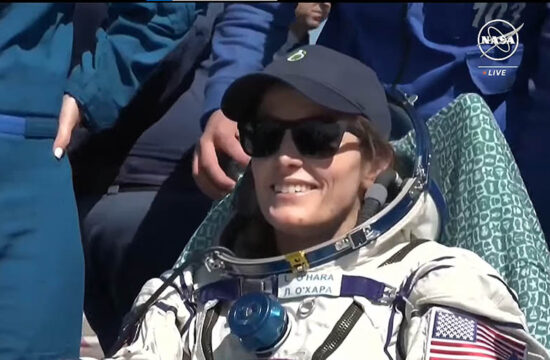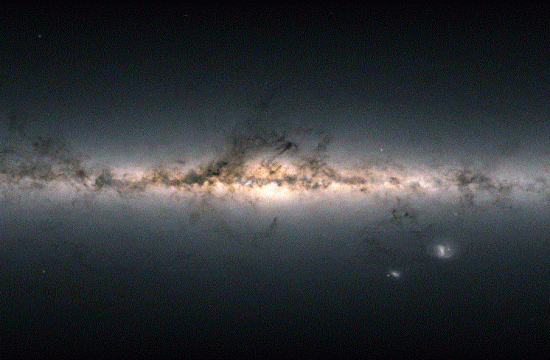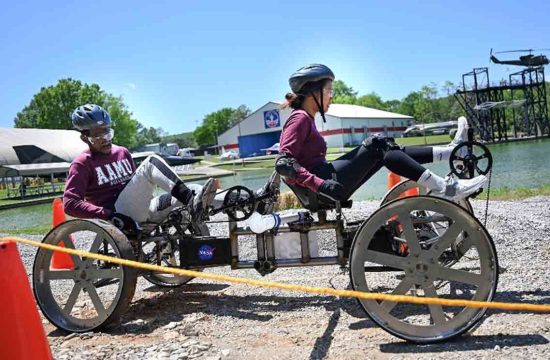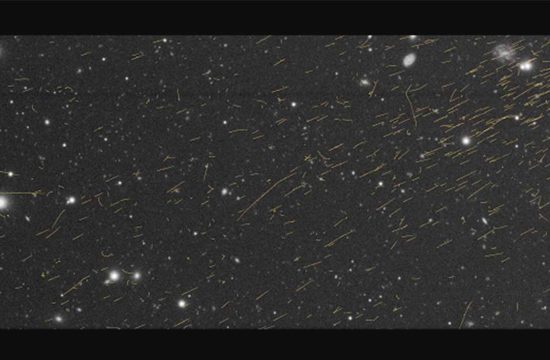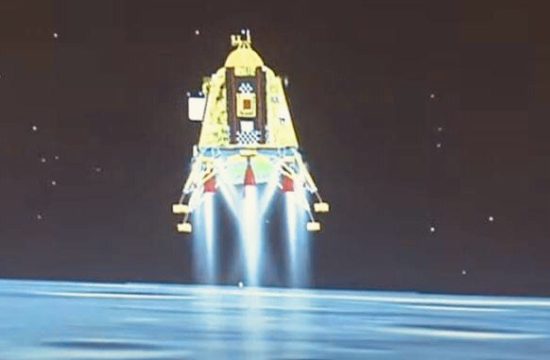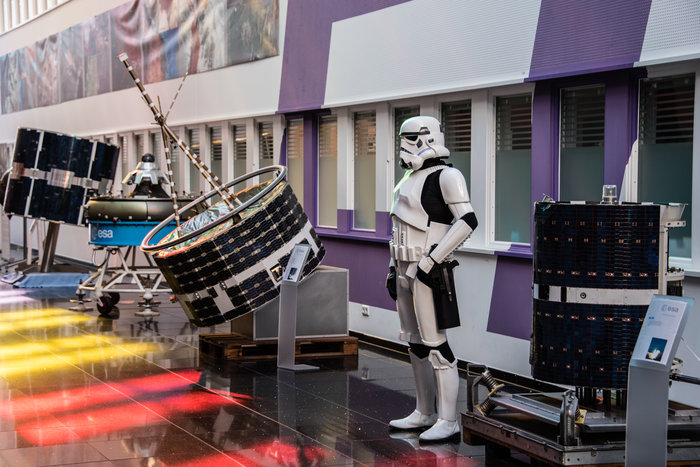
At first sight it might seem obvious which of these ‘models’ is the odd one out: standing between the satellites is apparently a Star Wars stormtrooper.
But the stormtrooper is actually our Rosetta project scientist, Matt Taylor, who is one of three ESA scientists taking the stage at science fiction convention ‘FedCon’ in Bonn, Germany, 2–5 June.
While Matt will present Rosetta’s incredible adventure at a comet, including its dramatic conclusion, ESA Senior Science Advisor Mark McCaughrean will highlight some of our other exciting missions, to Mercury, Mars and Jupiter, along with missions to study planets around other stars.
Paul McNamara, project scientist for LISA Pathfinder, will explore the science of gravitational waves, and how they are portrayed in the Star Trek universe. Think gravitational wavefronts, continuous graviton beams, fluctuating graviton fields and more.
Representatives from ESA’s science and operations teams will also be on hand to answer your questions at our exhibition stand. You can also try our ‘science meets science fiction quiz’ to win ESA goodies. And, of course, keep an eye out for our friendly stormtrooper!
The photograph featured here was taken at ESA’s technical heart, in the Netherlands, and shows test models of various satellites and hardware.
At the far right is ESRO-4, launched in 1972 to study Earth’s atmosphere, ionosphere and radiation belts.
HEOS-1 sits on the other side of the stormtrooper. Launched in 1968, it was the first European probe to venture beyond near-Earth space, in order to study the magnetic fields, radiation and the solar wind outside of Earth’s magnetosphere.
Next in line is the Automated Transport Vehicle docking assembly, used to dock the resupply ship to the International Space Station.
Finally, at the far left is COS-B, which, in 1975, was the first mission launched by ESA following its creation in 1973. COS-B studied gamma-ray objects, and was a precursor to Integral, which is still operating.
You can view this historic space hardware during our annual open day, which this year will be held on 8 October (full details coming soon).




